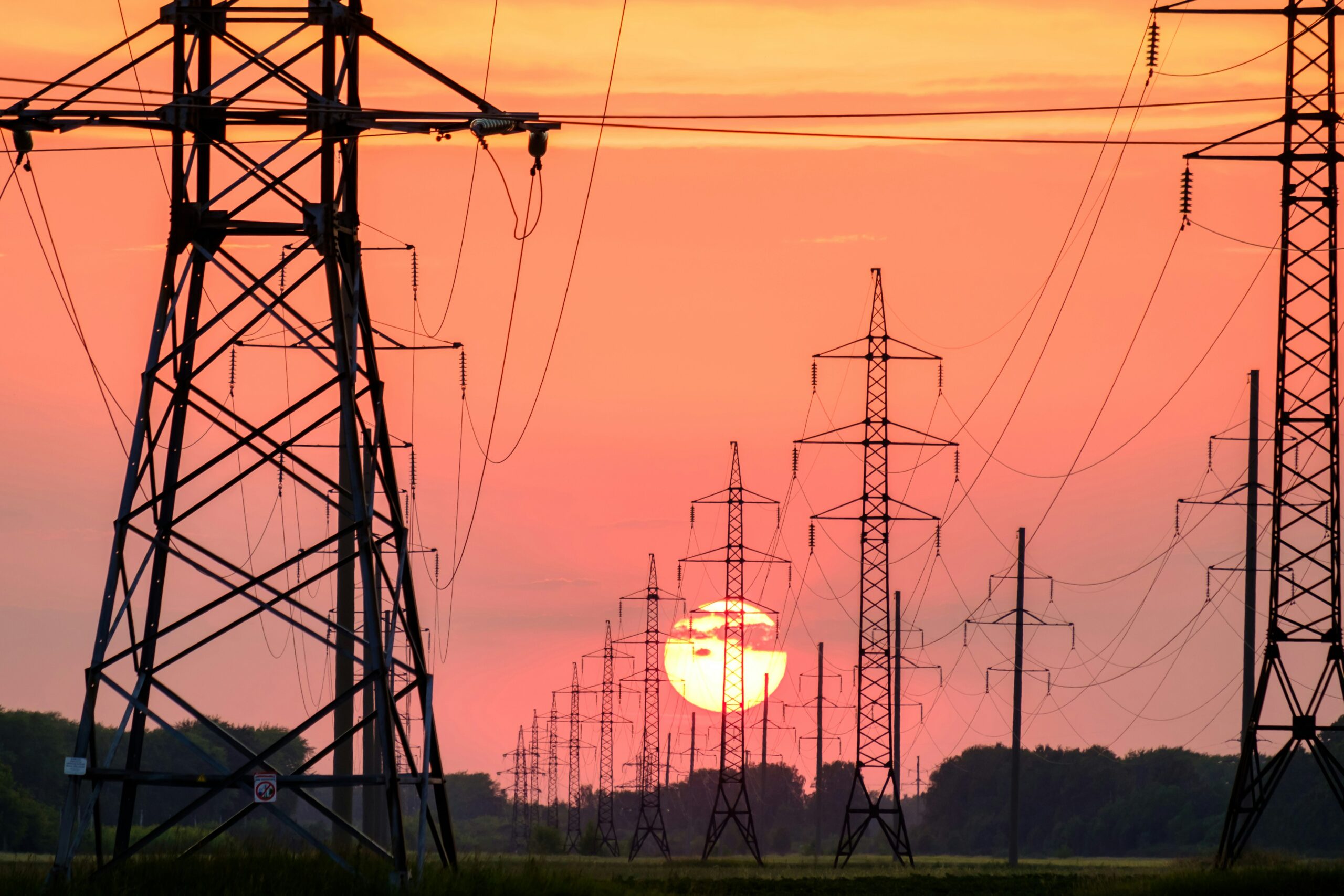Natural gas is a fuel that is used to generate electricity in many countries around the world. Recognized for its cleanliness, abundance, and efficiency, natural gas offers a compelling solution to meet the every-growing global demand for electricity. This blog goes into the intricacies of natural gas power generation, exploring its mechanics, benefits, drawbacks, and the evolving landscape of the energy sector.
The Mechanics of Natural Gas Power Generation
At the heart of natural gas power generation lies the combined cycle combustion process. A gas turbine burns natural gas, driving a generator to produce electricity. The hot exhaust gases from the turbine then heat water in a steam boiler, propelling the steam turbine that further generates electricity. This combined-cycle method has power generation efficiency of 64% compared to coal-fired power which is approximately 35% (sourced here)
Benefits of Natural Gas Power Generation
There are several benefits to using natural gas to generate electricity:
- Natural gas is a relatively clean-burning fuel. When natural gas is burned, it produces less carbon dioxide than coal or oil. It also produces fewer other pollutants, such as sulfer dioxide and nitrogen oxides.
- Natural gas is abundant and inexpensive. Natural gas reserves are found all over the world, and the price is typically lower than oil or coal.
- Blue and Green natural gas. These produce natural gas through renewable energy and also stores the carbon dioxide emissions.
Future Outlook for Natural Gas Power Generation
The future of natural gas power generation is bright. Natural gas is expected to play an increasingly important role in the global energy mix in the coming years. This is due to its many advantages, including its clean burning properties, efficiency, flexibility, abundance, and affordability.
In addition, natural gas is a good transition fuel to a low-carbon future. It can help to reduce greenhouse gas emissions from the power sector while renewable energy sources are scaled up.
Here are some specific examples of how natural gas power generation is being used to reduce emissions and improve air quality:
- In the United States, natural gas has helped to reduce carbon dioxide emissions from the power sector by nearly 30% since 2005.
- In China, natural gas is being used to replace coal-fired power plants, which has helped to improve air quality in many cities.
- In India, natural gas is being used to provide electricity to rural areas that do not have access to the grid.
Natural gas is also being used to develop new technologies that could further reduce emissions from the power sector. For example, carbon capture and storage (CCS) technology can be used to capture carbon dioxide emissions from natural gas power plants and store them underground. This could help to make natural gas power generation even cleaner.
Overall, natural gas power generation has a bright future. It is a clean, efficient, flexible, abundant, and affordable fuel that can help to reduce emissions and improve air quality.
